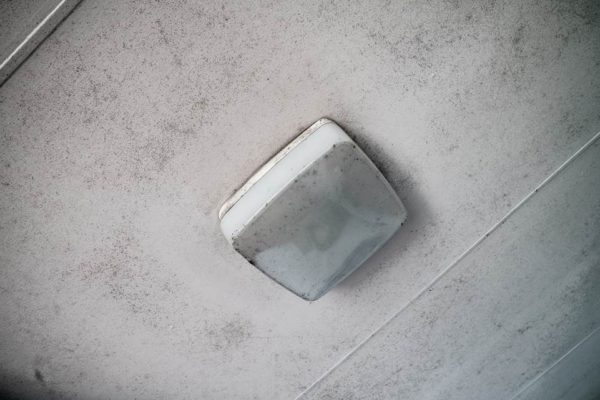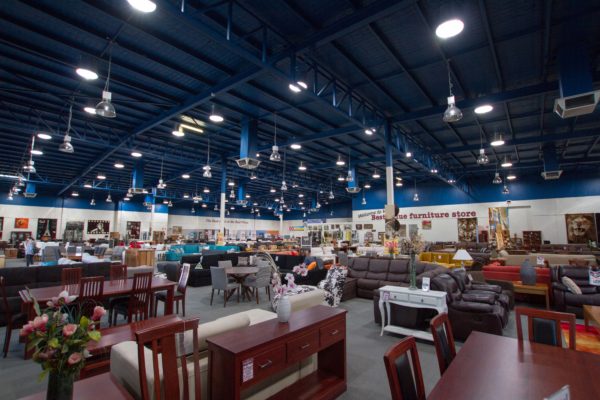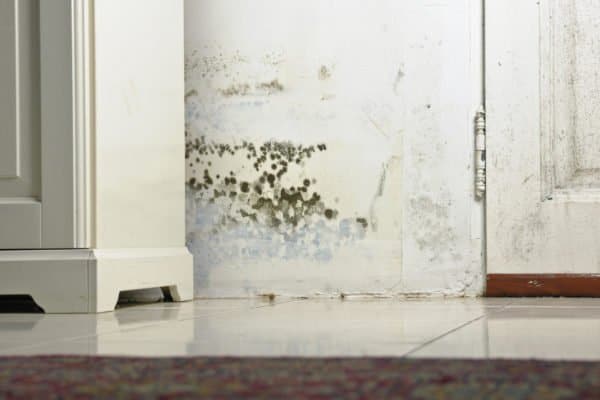Humid, wet weather triggers outbreaks

House prices are under attack! But it’s not from the credit crunch or tighter lending criteria, it’s from a rampant fungus – mould. And natural light and ventilation specialist, Solatube is encouraging owners to take action now to avoid settling for a reduced sale price or rental return.
“Mould can be a health risk for tenants and purchasers and a ‘wealth risk’ for vendors and landlords if it’s not treated quickly,” says Solatube’s Brett Dickson. “Unfortunately, mould is rampant in many parts of the country thanks to this summer’s prolonged hot and humid weather, not to mention the recent heavy rains. It’s a perfect storm for mould. However, mould can actually grow indoors at any time of the year when there is poor ventilation, rising damp or a water leak. It’s why home owners and landlords should tackle the issue head on, with air and light.”
The cost of mould for property owners
Jason Guildea, Principal at Guildea Residential on Sydney’s lower Northern Beaches, says the cost of mould to a vendor or property investor can be huge.
“We generally find that when an investment property has a mould issue, it costs the landlord money either through a tenant vacating without a break-lease fee and the property being left vacant, or from the required cleaning costs and rent reduction until the mould is removed,” he says. “The laws dictate that a landlord must provide premises that are fit to live in.
“And when selling a property, you only get one chance to impress the buyers, which is why it’s important to make sure your property is in good condition and well presented – which means it’s essential there is no mould present. A well-presented, mould-free home leads to more buyer interest, which creates buyer competition resulting in a better sale price.”
How to stop mould moving in
Unlike prospective buyers or tenants, mould isn’t too fussy about where it resides – on walls, ceilings, rugs, carpets, tiles, furniture and clothing – as long as it’s damp and lacking in natural light.
The key to keeping a home free of this harmful fungus is proper ventilation and natural light.
NSW Health recommends using exhaust fans while bathing, operating a clothes dryer and cooking and to open windows when the weather permits.
Solatube’s solar-powered Solar Star helps reduce the chance of mould occurring in roof cavities. Substantially different to a wind vent, it’s designed to create a cooler, drier home by removing heat and moisture from the roof cavity without adding to your energy bill or compromising your security and letting in dust, rain or pollution. The Solar Star is also whisper quiet and easy to install.
“Many older homes have bathroom ventilation that goes into the roof cavity, which can lead to even greater moisture – and thus mould build up,” explains Dickson.
“More energy efficient homes with less temperature fluctuations and better quality insulation are likely to have less mould incidents. You may be running your fans, dehumidifier and air-conditioning unit to cool and dry your home to reduce mould growth, but heat and moisture continues to come down from your ceiling, which hinders your efforts and costs you money.”
Guildea agrees: “I have found that tenants from the cooler Northern Hemisphere countries aren’t used to having the windows open and thus keep the house closed up. They prefer to heat and cool the home with air conditioning which keeps moisture in and creates a mould problem.
“As every summer seems to get hotter and more humid, owners need to ensure their property is properly ventilated to keep it mould free. Being proactive ensures property investors get a better rental return as well as helping them keep the value of the property at a maximum. We have had numerous situations where improved airflow and ventilation at a property stops mould and improves the liveability of the property.”
How mould can affect our health
Mould can cause health problems when its microscopic airborne spores are inhaled by anyone sensitive or allergic to them. NSW Health warns that people with asthma, allergies or other breathing conditions may be more sensitive to mould and those with weakened immune systems or chronic lung diseases are more at risk of mould infection.
Allergic reactions to mould can include a running or blocked nose, coughing, irritated eyes and skin, and wheezing, and for anyone with a respiratory problem such as asthma, inhaled spores can trigger an asthma attack*.



